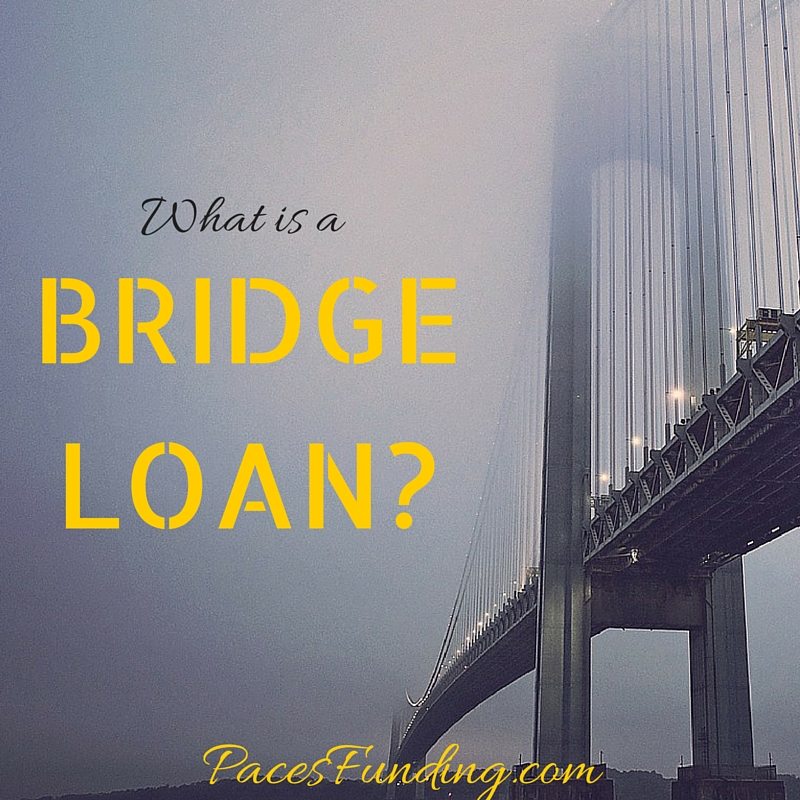
What is a Bridge Loan?
If you’re an investor, whether you’re new in the business or you’re a seasoned professional, you know that there are some terms that everyone uses – but there’s a little bit of confusion on what all of them mean.
So what is a bridge loan, and is it right for you?
Definition of a Bridge Loan
A bridge loan is the money someone borrows to buy a new property – but it’s used when the buyer doesn’t have the money for a down payment to get financing on the new purchase.
A bridge loan is a short-term loan that the buyer uses to “bridge the gap” between two types of financing.
Who Can Use Bridge Loans?
Many investors use bridge loans to get them moving on new real estate investments. They can be used to purchase commercial properties or residential properties.
Because these types of loans are short-term, they’re usually only intended to finance a down payment or to fund something short-term.
Example of a Bridge Loan
Here’s what a typical bridge loan would look like:
A real estate investor owns a property that he or she is trying to sell and wants to buy a new property. Typically, investment properties move quickly – especially if they’re priced to sell and there’s a profit to be made – so the investor needs to come up with cash quickly.
In some cases, the investor could use a bridge loan that’s secured by the property he or she already owns. In other cases, such as when the buyer isn’t selling another property, the investor wouldn’t need a bridge loan; he or she would only need a hard money loan to finance the immediate purchase of the new property.
Once the investor buys the new property, he or she can sell the other property and use the proceeds to pay off the bridge loan. The investor uses the loan to “bridge the gap” between the purchase and sale.














